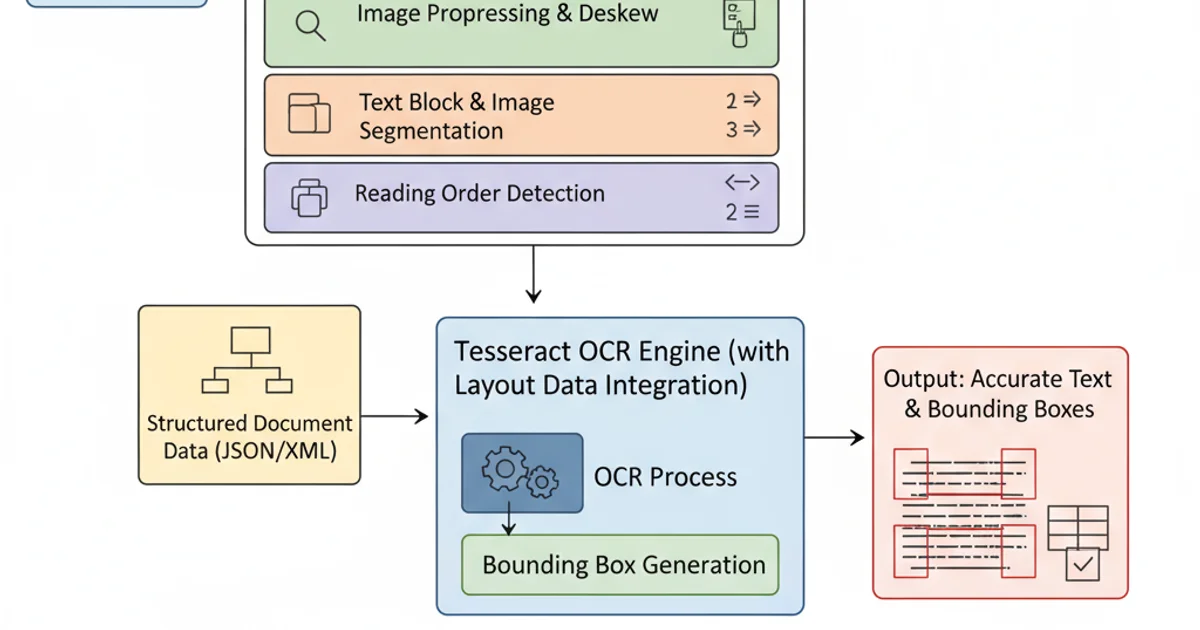What is size_t in C?
Categories:
Understanding size_t in C: A Comprehensive Guide

Explore the size_t data type in C, its purpose, common uses, and why it's crucial for memory management and array indexing.
In C programming, managing memory and working with data structures efficiently and safely is paramount. One fundamental data type that plays a crucial role in this domain is size_t. Often encountered when dealing with array sizes, loop counters, memory allocation, and string manipulation, size_t is more than just another integer type. This article delves into what size_t is, why it's used, and how to leverage it effectively in your C code.
What is size_t?
size_t is an unsigned integer type defined in the C standard library, specifically in headers like <stddef.h>, <stdio.h>, <stdlib.h>, <string.h>, and <time.h>. Its primary purpose is to represent the size of objects in bytes and the number of elements in an array. The C standard guarantees that size_t is large enough to represent the maximum size of any object that can be allocated on the system. This means its exact size (e.g., 32-bit or 64-bit) is platform-dependent, adapting to the architecture of the machine where the code is compiled and run.
flowchart TD
A[C Program] --> B{"Needs to store size or count?"}
B -->|Yes| C[Use size_t]
C --> D{Platform Architecture}
D --> E[32-bit System]
D --> F[64-bit System]
E --> G["size_t is unsigned int (typically 4 bytes)"]
F --> H["size_t is unsigned long long (typically 8 bytes)"]
G --> I[Guaranteed to hold max object size]
H --> I
B -->|No| J[Use other integer types]Decision flow for using size_t based on system architecture.
Why Use size_t Instead of int or unsigned int?
While int or unsigned int might seem sufficient for representing sizes, relying on them can lead to subtle but critical bugs, especially when porting code between different architectures. Here's why size_t is the preferred choice:
- Portability: The size of
intandunsigned intis not guaranteed across different systems. Anintmight be 16-bit on an embedded system, 32-bit on a desktop, or even 64-bit on some architectures.size_t, however, is guaranteed to be large enough to hold the maximum possible size of an object on the target system. This ensures your code behaves consistently regardless of the underlying hardware. - Safety for Large Objects: On 64-bit systems,
inttypically remains 32-bit. If you try to store the size of an array or memory block larger than 2^31 - 1 bytes (approx. 2 GB) in anint, it will overflow, leading to incorrect calculations, buffer overflows, or other memory-related vulnerabilities.size_tprevents this by being large enough to address the entire memory space. - Semantic Clarity: Using
size_texplicitly communicates that a variable is intended to hold a size or a count, improving code readability and maintainability. It signals to other developers (and yourself) the purpose of the variable. - Unsigned Nature: Sizes and counts are inherently non-negative.
size_tis an unsigned type, which naturally enforces this constraint. Using signed integers for sizes can introduce bugs if negative values are inadvertently introduced, leading to unexpected behavior.
#include <stdio.h>
#include <stddef.h> // For size_t
#include <limits.h> // For INT_MAX
int main() {
// Example 1: Array size
int arr[] = {10, 20, 30, 40, 50};
size_t num_elements = sizeof(arr) / sizeof(arr[0]);
printf("Number of elements: %zu\n", num_elements);
// Example 2: Memory allocation
size_t buffer_size = 1024 * 1024 * 10; // 10 MB
char *buffer = (char *)malloc(buffer_size);
if (buffer == NULL) {
perror("Failed to allocate memory");
return 1;
}
printf("Allocated %zu bytes of memory.\n", buffer_size);
free(buffer);
// Example 3: Potential issue with int on 64-bit system
// If INT_MAX is 2^31 - 1, this will overflow if size_t is larger
size_t very_large_size = (size_t)INT_MAX + 100;
// int problematic_size = very_large_size; // Potential overflow/truncation warning
printf("Very large size: %zu\n", very_large_size);
return 0;
}
Demonstration of size_t usage for array indexing and memory allocation.
size_t values, always use the %zu format specifier with printf. Using %d or %lu can lead to incorrect output or undefined behavior, especially on systems where size_t has a different underlying type than expected.Common Use Cases for size_t
size_t is ubiquitous in C programming, particularly in functions and contexts related to memory and data manipulation. Here are some key areas where you'll find size_t:
sizeofoperator: Thesizeofoperator returns a value of typesize_t.- Memory allocation functions: Functions like
malloc,calloc, andrealloctake arguments of typesize_tfor the number of bytes to allocate. - String and memory manipulation functions: Functions such as
strlen,memcpy,memset, andstrncpyusesize_tfor lengths and counts. - Loop counters and array indexing: When iterating over arrays or collections, especially large ones,
size_tis the safest type for loop counters and indices. - Container sizes: If you're implementing custom data structures (e.g., dynamic arrays, linked lists), the member variable storing the current size or capacity should be
size_t.

Key C functions and operations where size_t is essential.
size_t is involved. Comparing a signed integer with a size_t can lead to unexpected results due to implicit type conversions. For example, if (count < -1) where count is size_t will always be false because size_t is unsigned and cannot be negative.